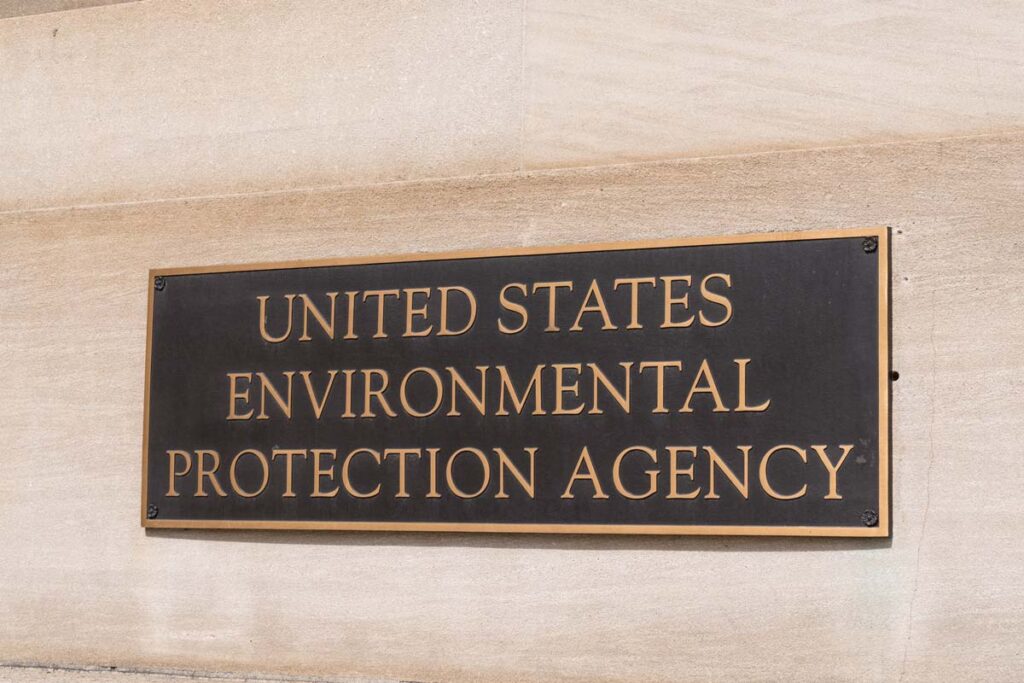
EPA methane rule overview:
- Who: The Environmental Protection Agency (EPA) announced its final rule to reduce methane and air pollutants from the oil and gas industry.
- Why: The rule, part of President Joe Biden’s climate agenda, comes after a two year public process finalizing the rule.
- Where: The methane emissions rule was announced by the EPA at COP28 in Dubai, United Arab Emirates.
The Environmental Protection Agency (EPA) announced a final rule to reduce methane emissions by 58 million tons over the next 14 years from the oil and gas industry.
The rule will require leak inspections and equipment upgrades for methane-producing infrastructure.
The final EPA methane rule was announced at COP28 in Dubai, United Arab Emirates, building on proposed rules from November 2021 and December 2022.
The methane emissions rule marks the first time restrictions will apply to existing sources of those emissions.
“From mobilizing billions in investment to plug orphaned wells, patch leaky pipes, and reclaim abandoned mines to setting strong standards that will cut pollution from the oil and gas sector, the Biden-Harris Administration is putting the full throw-weight of the federal government into slashing harmful methane pollution,” assistant to President Biden and U.S. National Climate Advisor Ali Zaidi said in a statement. “Over just the last year, the Administration has taken over 100 actions to implement the U.S. Methane Emissions Reduction Action Plan — steps that cut pollution, promote public health, create thousands of jobs, and lower energy costs for Americans.”
The EPA methane plan is estimated to stop 58 million tons of methane emissions between 2024 and 2038, the EPA said, which is equivalent to 1.5 billion metric tons of carbon dioxide or the equivalent of the amount emitted by the power sector in 2021.
Oil, gas rule will lead to 80% reduction of methane emissions compared to predictions, EPA says
The oil and gas emissions rule represents a projected 80% reduction from the methane emissions that would have occurred without the rule. The final rule’s reductions are increased from the proposed 2021 and 2022 rules.
In all, 16 million tons of volatile organic compounds will be avoided from 2024 to 2038, along with 590,000 tons of toxic air pollutants like benzene and toluene, the EPA said.
During that same time, leaks and releases of about 400 billion cubic feet of fuel each year will also be avoided, according to the EPA.
On Oct. 6, the EPA finalized another hydrocarbon restriction, banning hydrofluorocarbons (HFCs) in air conditioning, heating and refrigeration products if more environmentally friendly alternatives are available.
How do you feel about the EPA’s methane reduction rules? Let us know in the comments.
Don’t Miss Out!
Check out our list of Class Action Lawsuits and Class Action Settlements you may qualify to join!
Read About More Class Action Lawsuits & Class Action Settlements:
- EPA proposes trichloroethylene ban, fixes PFAS loophole
- Consumers, politicians, agencies seek to address environmental issues via lawsuits, other means
- EPA finalizes rule restricting hydrocarbons in refrigeration, air conditioning, heating products
- EPA finds forever chemicals in about 8% of tested systems














